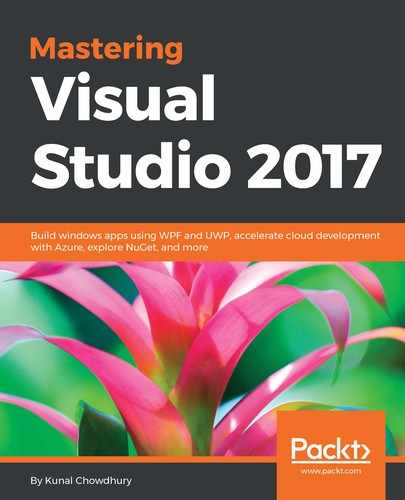In this chapter, we learnt about the platform to build Universal Windows applications which can target any device families running Windows 10. First, we learned about the generic design principles and then headed toward creating our first UWP application, after setting up the development environment. Then we learned about various XAML page layouts and data manipulation in a view to design a good-looking UWP application. We covered GridView, ListView, and FlipView to show data on screen.
Near to the end, we discussed how to create a style of a XAML control, assign it to a resource dictionary, and inherit a style from another base style. We then covered how to build custom controls and generate visual assets using the new Manifest Designer of Visual Studio 2017.
Finally, we have discussed how to create the app package, locally validate the package against Microsoft-specific test cases using the WACK tool, and prepare it for submission to Windows Store.
In the next chapter, we are going to learn about .NET Core and start building applications targeting this new .NET Framework.
